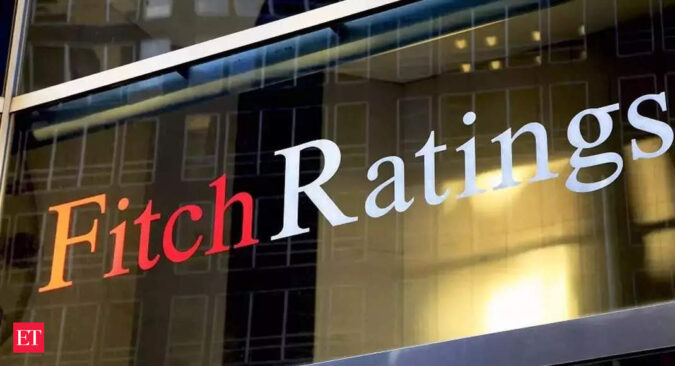“India’s rating reflects strengths from a robust growth outlook compared with peers and resilient external finances, which have supported India in navigating the large external shocks over the past year,” the global rating agency and considered to be one of the big three along with Moody’s and Stabdard & Poor’s, said.
However, India’s weak public finances, illustrated by high deficits and debt relative to peers, as well as lagging structural indicators, including World Bank governance indicators and GDP per capita offset the positives, Fitch said.
S&P and Fitch rate India ‘BBB-‘ while Moody’s has ‘Baa3’, all indicative of the lowest-possible investment grade. They have a stable outlook.
India has been vying for sovereign credit rating upgrade that remain at the lowest-possible investment grade, as key officials and leaders believe its economic metrics have improved significantly following the pandemic.
These ratings are crucial as they are used to decide on a country’s creditworthiness, which often impact its lending costs.Earlier this year, finance ministry officials met representatives from Fitch, Moody’s and S&P after the government presented its annual budget on Feb. 1 and had shared its fiscal consolidation plan with the three agencies, which they have found to be satisfactory, Reuters had reported citing a government official. While Fitch today underpinned India’s growth potential and abating core inflation pressure, it also flagged concerns that the government’s fiscal deficit target of 4.5% of GDP by FY26 provided limited details on how this would be reached.
“The government has demonstrated a recent commitment to meeting its budget targets. However, we believe it will be challenging to achieve this target, which would require accelerated consolidation of 0.7pp per year in FY25 and FY26, compared with 0.3pp in FY23 and 0.5pp in FY24. Future deficit reduction is likely to come mainly from trimming expenditure, in our view,” it said.
Fitch today said it forecasts India to be one of the fastest-growing Fitch-rated sovereigns globally at 6% in this fiscal year that started April 1, supported by resilient investment prospects.
Still, headwinds from elevated inflation, high interest rates and subdued global demand, along with fading pandemic-induced pent-up demand, will slow growth from Fitch’s FY23 estimate of 7.0% before rebounding to 6.7% by FY25, it added.
India’s Economic Survey has projected economic growth to be 6.5% in FY24, while the RBI has projected the growth to slow down to 6.4% from estimated 7% in the previous fiscal.
Strong growth potential is a key supporting factor for the sovereign rating, the agency noted.
Growth prospects have brightened as the private sector appears poised for stronger investment growth following the improvement of corporate and bank balance sheets in the past few years, supported by the government’s infrastructure drive, it added. However, risks remain given low labour force participation rates and an uneven reform implementation record.
India’s large domestic market also makes it an attractive destination for foreign firms, but there is uncertainty whether the Asian nation will be able to realise sufficient reforms to allow the economy to benefit substantially from opportunities offered by the deeper integration in global manufacturing supply chains, including China+1 corporate strategies that encourage diversification in investment destinations. Service sector exports, however, are likely to remain a bright spot, Fitch said.
Fitch expects inflation to ease going ahead, but it will hover near the upper end of the central bank’s madated 2%-6% band, averaging 5.8% in FY24 from 6.7% last year.
Core inflation pressure appears to be abating, falling to 5.7% in March, its lowest since July 2021, Fitch said.
Fitch expects the general government deficit (excluding divestments) to narrow to a still-high 8.8% of GDP in FY24 (2023 BBB median: 3.6%) from 9.2% in FY23. It expects the central government (CG) to meet its budget’s planned reduction in the CG deficit to 5.9% of GDP in FY24 from 6.4% in FY23. Aggregate state deficits are forecast to rise slightly to 2.8% of GDP in FY24 from its 2.7% estimate in FY23, as they also raise capex.
India’s general government debt remains elevated at Fitch’s estimate of 82.8% in FY23 relative to the ‘BBB’ median of 55.4%.
“The lack of sustained debt reduction is likely to increase risks to the rating if India faces a future economic and fiscal shock.”
Fitch also said ample foreign-exchange reserves continue to provide a cushion to manage external financial volatility.
